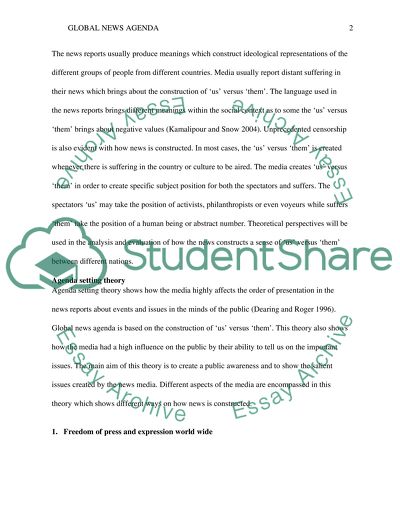Cite this document
(“Global News Agenda Essay Example | Topics and Well Written Essays - 2000 words”, n.d.)
Retrieved from https://studentshare.org/journalism-communication/1469901-global-news-agenda
Retrieved from https://studentshare.org/journalism-communication/1469901-global-news-agenda
(Global News Agenda Essay Example | Topics and Well Written Essays - 2000 Words)
https://studentshare.org/journalism-communication/1469901-global-news-agenda.
https://studentshare.org/journalism-communication/1469901-global-news-agenda.
“Global News Agenda Essay Example | Topics and Well Written Essays - 2000 Words”, n.d. https://studentshare.org/journalism-communication/1469901-global-news-agenda.


